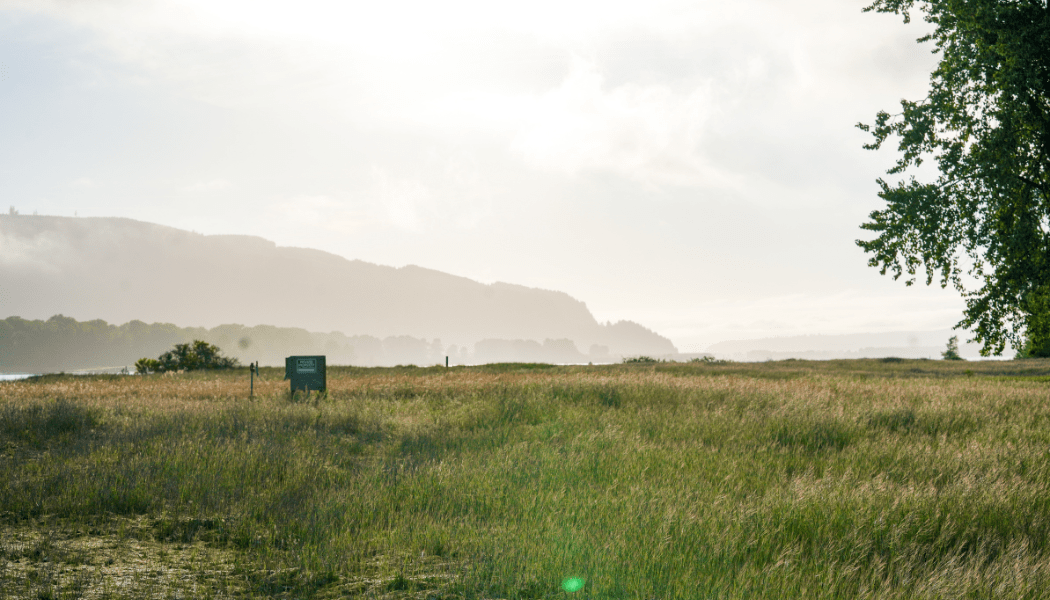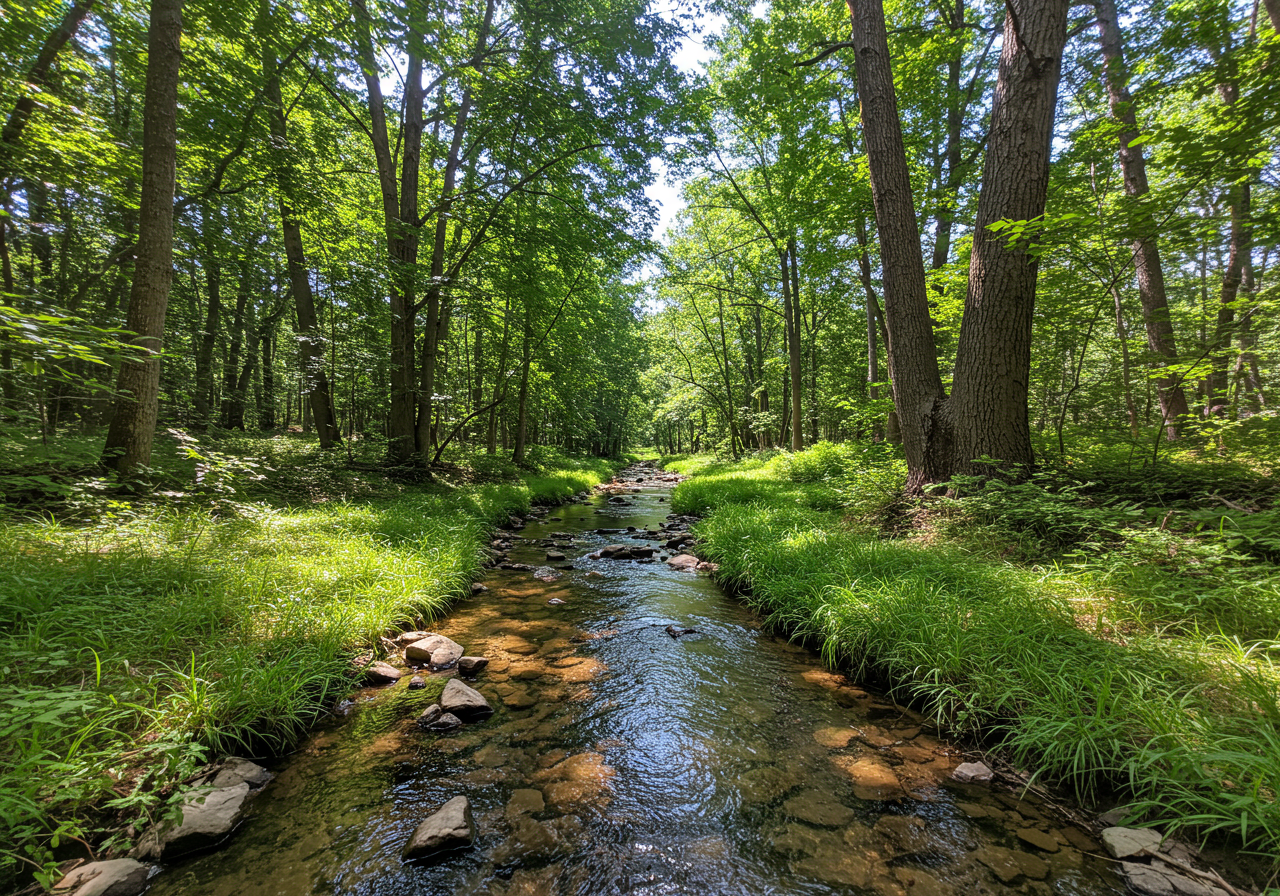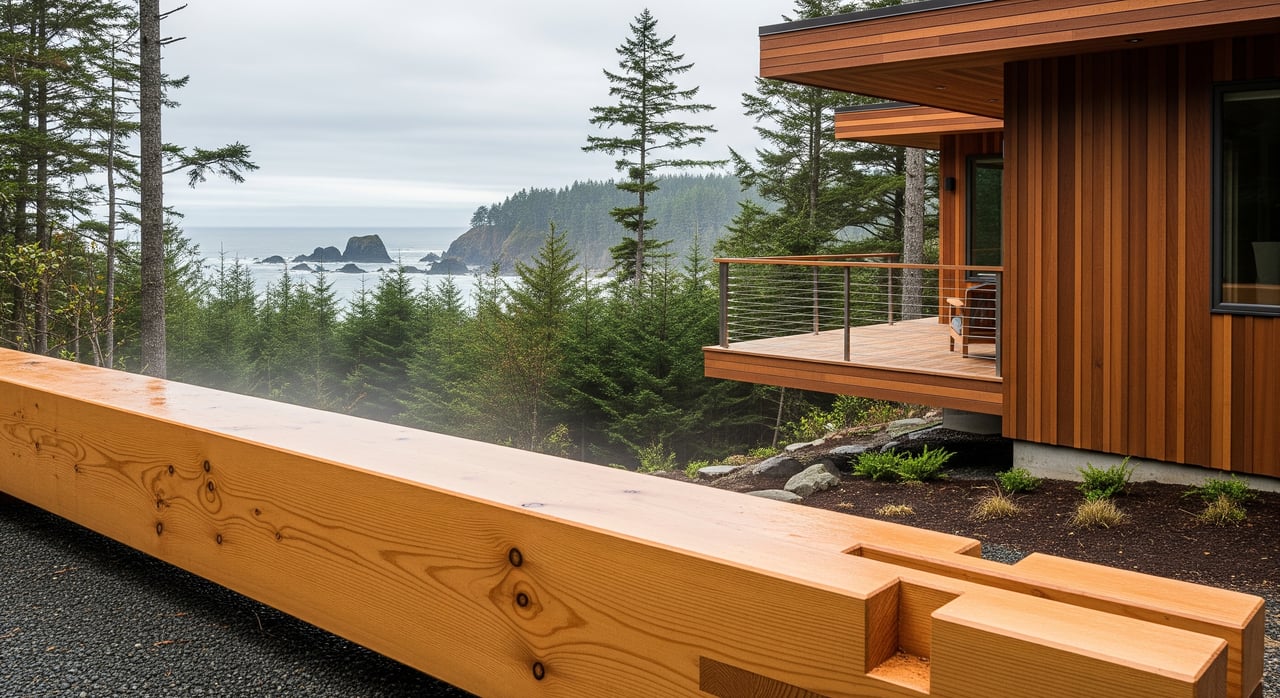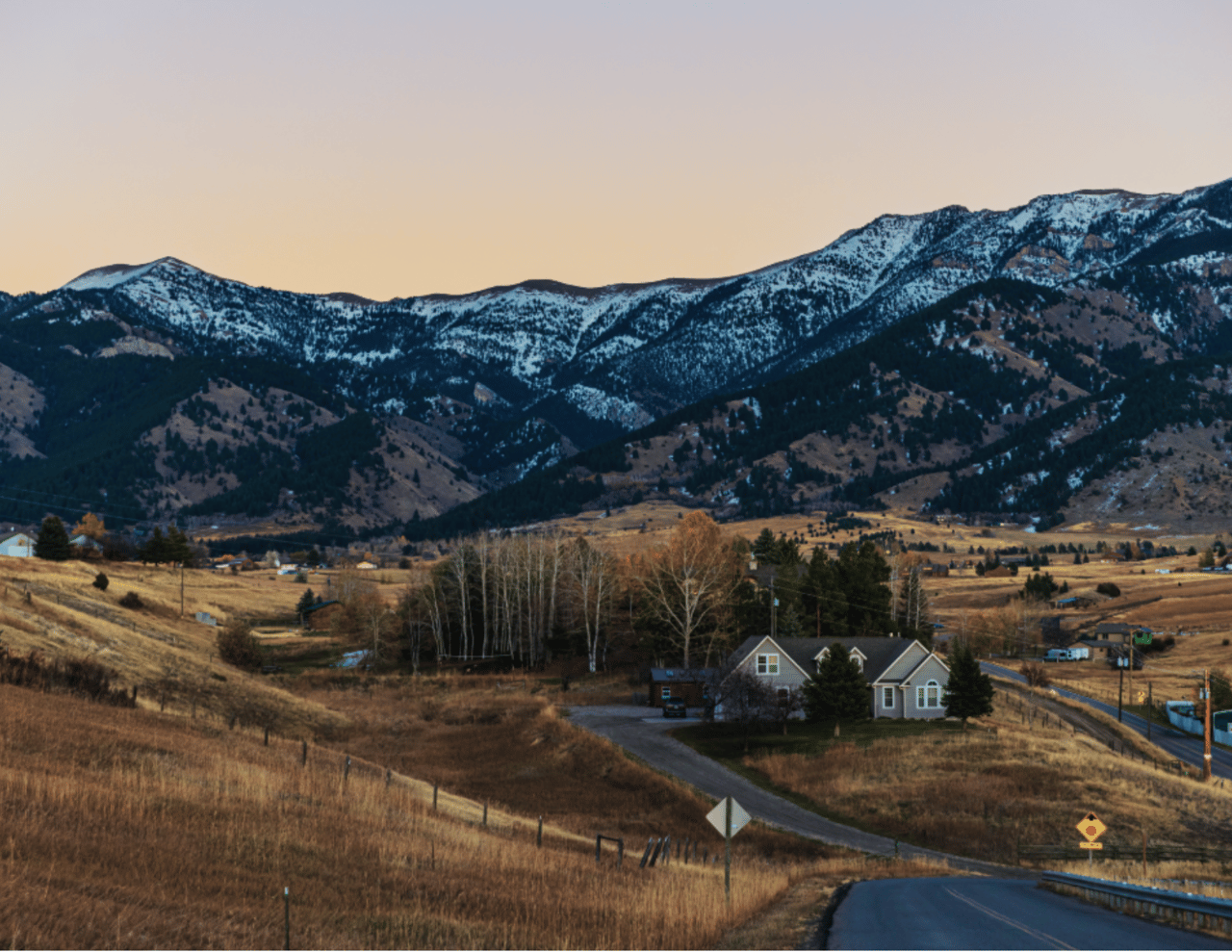Key Factors to Consider Before Purchasing
When it comes to purchasing land, one of the most important questions to ask is, “Is the land buildable?” Not all land is created equal, and determining whether or not a piece of property can be developed is crucial before making an investment. Whether you’re looking for a plot to build your dream home or planning a long-term investment in rural property, here are the key factors you need to consider to ensure your land is buildable.
1. Zoning and Land Use Regulations
The first step in determining the buildability of land is to check the zoning and land use regulations for the property. Zoning laws dictate what can be built on the land and how it can be used. For example, a property zoned for agricultural use may not allow for residential development, or it may come with specific restrictions on the type and size of structures.
Local government planning offices can provide detailed information on the property’s zoning and allowable uses. Asking questions and working in cooperation with your local planning department is one of the best ways to gather intel on your property. It can take time and careful research to gather definitive answers to your questions. Patience and respect will not only build a better working relationship but also increase the chances of getting clearer answers
2. Access to Utilities: Water, Power, and Sewage
Building on a plot of land requires access to basic utilities like water, electricity, and waste management. Before purchasing, determine how you’ll access these essential services:
- Water: Does the land have access to a municipal water system, or will you need to drill a well? In rural areas, the availability of water can be a significant factor in determining buildability. Be sure to check water rights if applicable.
- Power: How close is the nearest power source? If your land is far from the grid, you’ll need to consider the cost of extending electrical lines or opting for alternative energy sources like solar power.
- Sewage: If the land isn’t connected to a municipal sewer system, you’ll need to evaluate the soil and space for a septic system. Percolation tests are typically required to ensure the soil can handle a septic tank and drain field. Check with your local planning department to see if your property has septic approval or if you will need to apply for one. Septic approvals determine the type, location, and layout of the septic system on your property
3. Topography and Soil Conditions
The physical characteristics of the land itself play a huge role in its buildability. The topography—whether the land is flat, hilly, or sloped—can affect both construction feasibility and cost. Sloped land may require grading, retaining walls, or other measures to create a suitable foundation for building, all of which can add significant expense to the project.
Soil conditions are equally important. The type of soil on your property can affect everything from foundation stability to septic system installation. Soil testing (also known as a geotechnical survey) can provide intel into the soil type and stability and is often required when applying for a building permit.
4. Environmental Restrictions
Some properties come with environmental restrictions that can limit or prohibit development. Wetlands, flood zones, and protected habitats are common reasons why land may not be buildable. Before purchasing, check if the land is subject to any environmental regulations at the local, state, or federal level.
It’s also wise to look at the property’s natural drainage patterns. Poor drainage can lead to flooding or water pooling, which can affect the long-term stability of a building and drive up construction costs. Drainage may also affect the location and construction of a driveway, consider the location of ditches, culverts, and bridges if needed.
5. Access and Easements
Your land needs to have legal access to roads for you to build a home or other structures on it. If the land is landlocked—meaning it doesn’t have direct access to a public road—you’ll need to secure an easement, which is a legal right to cross someone else’s property for access. Easements can be difficult and costly to obtain, and without proper access, the land’s buildability may be limited.
In addition to access easements, check for other easements or restrictions on the property. Utility easements, for example, may limit where you can build or what you can do with certain portions of the land.
6. Permits and Building Approvals
Once you’ve determined that the land meets your requirements for zoning, utilities, topography, and access, the next step is to investigate the permitting process. Every jurisdiction has different requirements for building permits, and some areas are more restrictive than others, especially in rural settings.
Reach out to the local building department to understand what permits are required, what the timeline looks like, and what costs are associated. Some properties, particularly those in environmentally sensitive areas, may require additional permits for grading, water use, or environmental impact assessments.
Conclusion
Purchasing land is an exciting endeavor, but it’s crucial to do your homework before making a commitment. Understanding zoning regulations, topography, soil conditions, access to utilities, and environmental restrictions can save you from costly surprises down the road. By carefully assessing these key factors, you’ll ensure that the land you purchase is truly buildable and suitable for your vision.
At Made Out West Land Company, we specialize in helping buyers navigate the complexities of purchasing land, whether rural or residential. Contact us today to learn more about how we can assist in finding the perfect property for your needs.







